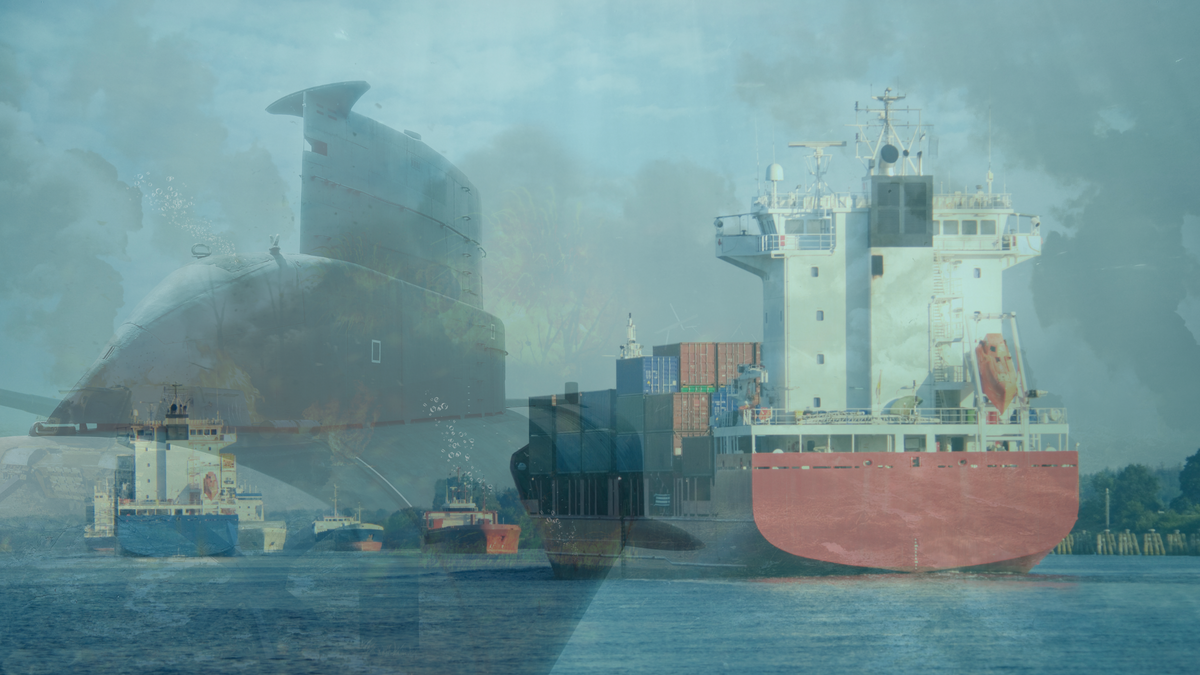Ship Chartering Files, Navigating Risk: Understanding the War Risk Clause in Shipping Contract

In the realm of international trade, the transportation of goods by sea is a vital component. However, when conflicts and wars arise, vessels and their crews face increased risks that can disrupt operations and jeopardize safety. To mitigate these risks, the implementation of war clauses in shipping contracts becomes essential. This article delves into the two main types of war clauses, the War Cancellation Clause and the War Risks Clause, and explores their significance through relevant case studies.
The War Cancellation Clause: Ensuring Safety and Flexibility When a war zone is declared along a vessel's intended route, the War Cancellation Clause allows both parties in the contract to cancel the agreement. This clause primarily empowers ship owners to prevent their vessels from sailing into hazardous areas. However, it also serves as an opportunity to renegotiate contracts if the freight market significantly changes due to the outbreak of war. Notably, the War Cancellation Clause is a standard feature in long-term contracts and Charter Party Agreements (COAs).
Case Study 1: The Pacific Crisis During a tense political standoff, tensions escalated between two neighboring countries in the Pacific region. As the situation intensified, the ship owner invoked the War Cancellation Clause to prevent their vessel from traversing the disputed waters, ensuring the safety of the crew and cargo. Subsequently, negotiations were initiated to revise the terms of the original contract to accommodate the changing circumstances.
The War Risks Clause: Defining Rights and Obligations Applicable to all types of charters, the War Risks Clause defines war risks and establishes the rights and obligations of both parties involved in a ship employment contract. It serves as a framework for addressing the exposure of vessels, crews, and cargo to various war-related perils, such as acts of war, civil wars, piracy, and blockades.
Case Study: The Pirate-Infested Waters In recent years, the occurrence of piracy has posed significant challenges to maritime trade in certain regions. A charterer had engaged a vessel to transport goods through waters notorious for pirate attacks. The War Risks Clause in the contract stipulated the responsibilities and liabilities of both the charterer and the ship owner in mitigating the risks. Additional insurance coverage was procured, with the premium being shared between the parties, ensuring that the vessel and its crew received appropriate protection during the voyage.
Key Considerations and Questions: Operating in war risk areas raises several important questions that the war clauses address to protect the interests of both ship owners and charterers:
a. Insurance Premiums: Who bears the responsibility for the extra insurance premium required when trading in war risk areas?
b. Vessel Entry: Can a charterer or owner refuse entry to a war risk area to load or discharge cargo?
c. Port Diversions: Can a charterer divert a vessel to an alternate port if the original load or discharge ports are deemed to be in a war risk zone?
d. Delays and Compensation: Who is accountable for loading and/or discharging delays in war risk areas?
e. Contract Cancellation: Can the charterer or owner cancel the contract without compensation or liability?
The inclusion of war clauses in shipping contracts provides a framework to address the risks associated with operating in war-prone areas. Through the War Cancellation Clause, ship owners can prioritize the safety of their vessels and crews, while the War Risks Clause defines the rights and obligations of all parties involved. These clauses ensure fair allocation of responsibilities, promote workable solutions for potential disputes, and facilitate the smooth operation of maritime trade in times of conflict.
By understanding and implementing these clauses effectively, stakeholders can navigate the complexities of war risks and safeguard their interests in the dynamic world of international shipping.